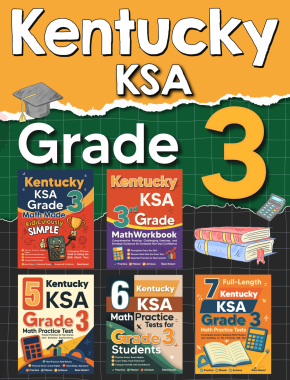Equivalent Rates

Equivalent ratios show identical values. They can be found by comparison. By comparing two or more ratios with one another, you can find out if they are equivalent or not.
To identify whether two ratios are equivalent or not, you have to write them down as fractions. If they are equal, then so are the ratios.
A step-by-step guide to finding equivalent rates
Equivalent Rates – Examples 1
Solve this proportion for \(x\) to check if these ratios are equivalent.
\(\frac{3}{4}=\frac{6}{x},x=_\)
Solution:
Use cross multiplication.
\(\frac{3}{4}=\frac{6}{x} ⇒3×x=6×4⇒3x=24\)
\(x=\frac{24}{3}=8\)
Equivalent Rates – Examples 2
Solve this proportion for \(x\) to check if these ratios are equivalent.
\(\frac{5}{10}=\frac{1}{x},x=_\)
Solution:
Use cross multiplication.
\(\frac{5}{10}=\frac{1}{x} ⇒5×x=1×10⇒5x=10\)
\(x=\frac{10}{5}=2\)
Related to This Article
More math articles
- The Ultimate 7th Grade GMAS Math Course (+FREE Worksheets)
- Complete Guide to Inverse Trigonometric Ratios
- 5th Grade Ohio’s State Tests Math Worksheets: FREE & Printable
- Top 10 Tips to Create an AFOQT Math Study Plan
- How to Understand Co-Function, Even-Odd, and Periodicity Identities in Trigonometry
- 8th Grade MAP Math Practice Test Questions
- Decimals in Action: How to Master Multiplication and Division
- How to Complete a Function Table from an Equation
- Calculus Simplified: Essential Integral Formulas for Mathematical Success
- 3rd Grade K-PREP Math Worksheets: FREE & Printable






































What people say about "Equivalent Rates - Effortless Math: We Help Students Learn to LOVE Mathematics"?
No one replied yet.